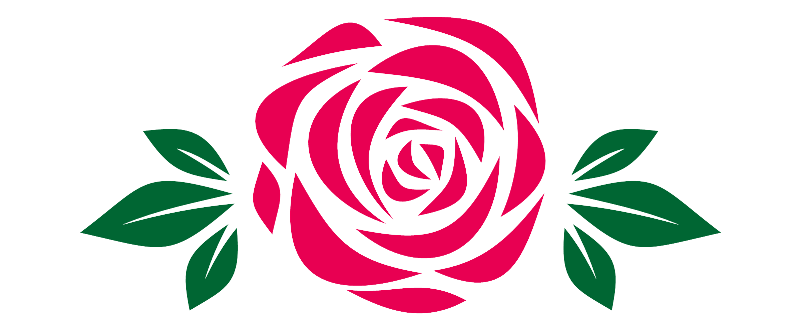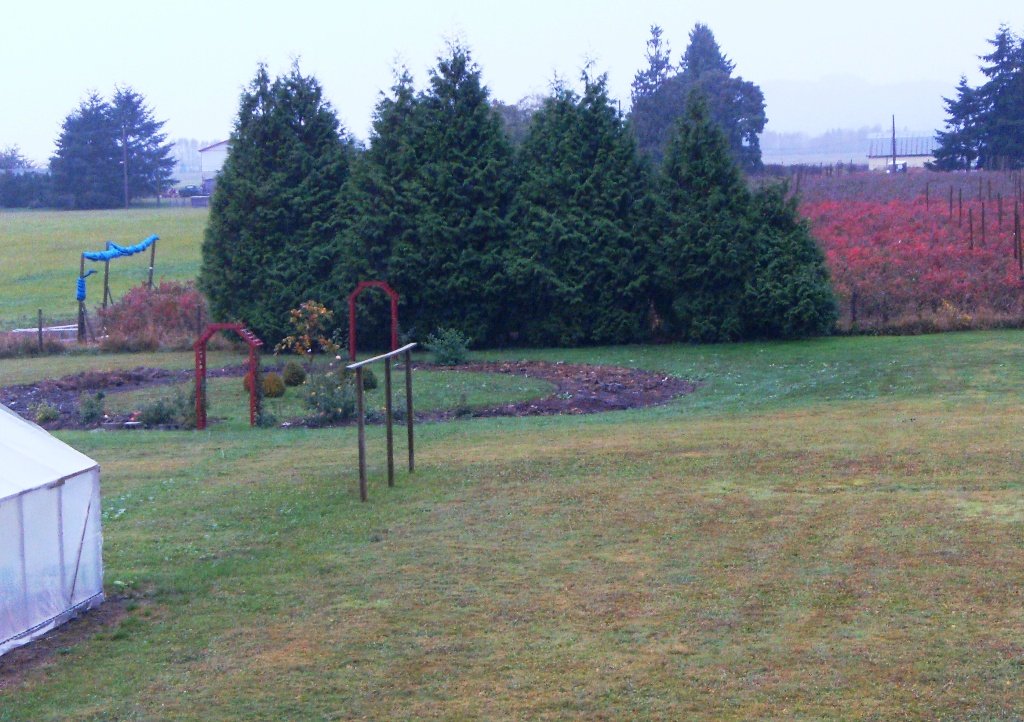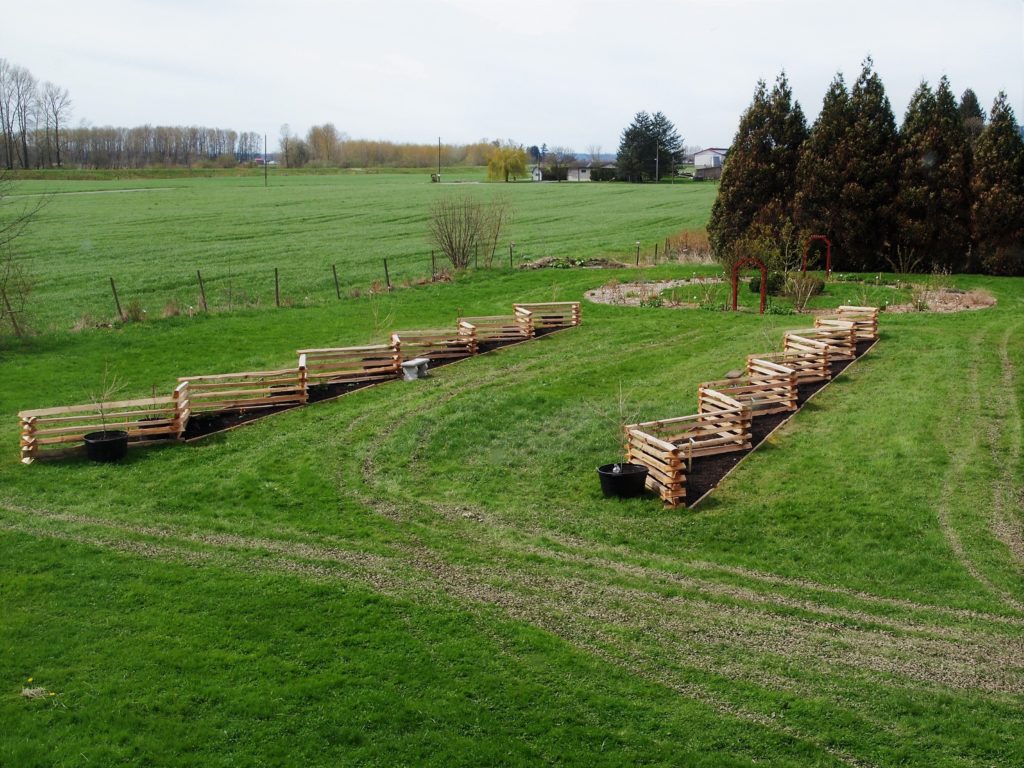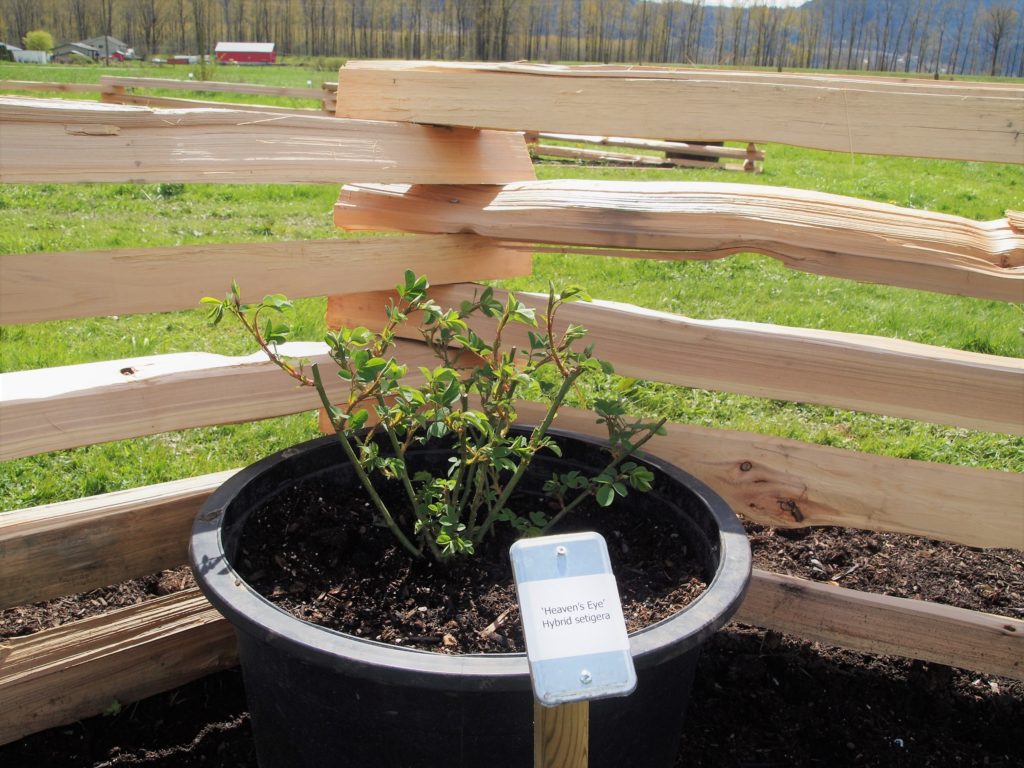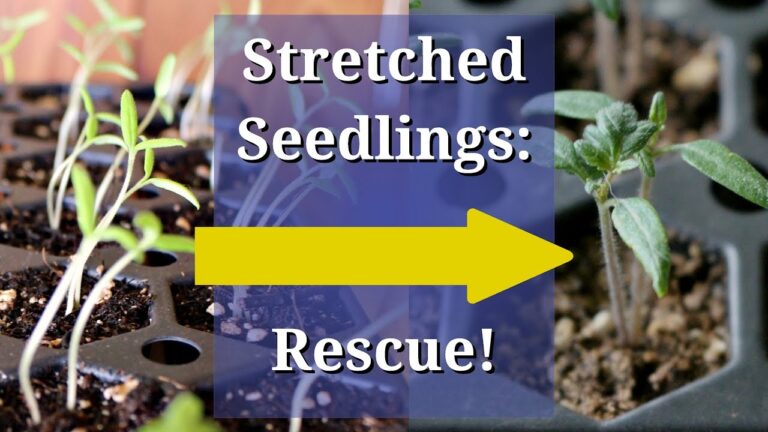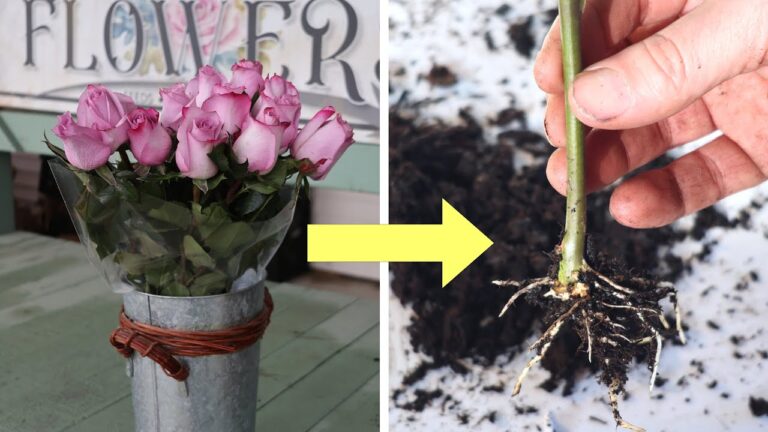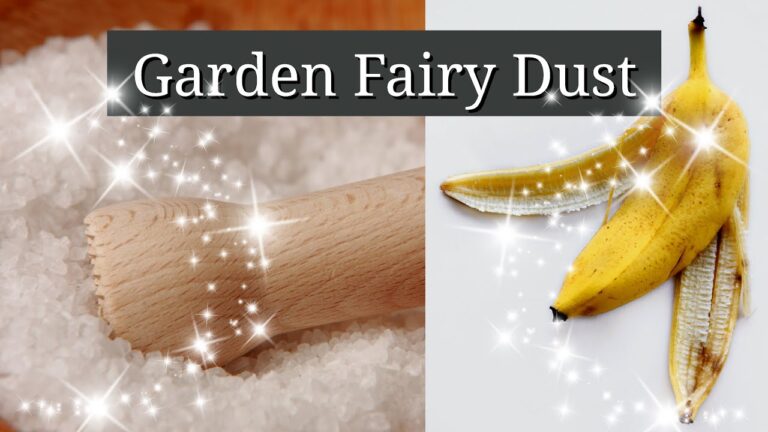Five years ago, this farm was a blank slate to us. From the time we finished clearing the brush on the north end of the property, we’ve been in an ongoing process of adding defining features: the squash field, the children’s play area, the winter garden – and the rose garden was actually one of the first plantings. It was never a priority for us to have it all filled-in and finished, but we’re happy to have the outlines in place to help guide our upcoming planting choices.
This spring, we finally addressed an uncomfortably bare stretch of land between the house and the rose garden. It was easy mowing, I’ll admit, but seemed a poor approach to the garden – and somehow incomplete.
This was the only photo I could find of our early rose garden. The space I’m talking about is occupied here by the greenhouse and some sort of wooden support. The greenhouse was wood-framed, and a winter storm took it down in year two – so then it was just lawn.
Here’s how we replaced it:
Please pardon the muddy ruts we left behind as we hauled in the soil for the new garden beds! This all went up in the last two weeks – before we run out of time due to Farmers Markets and (sigh) my day job.
So the solution we came to was a couple of sections of unnecessary fence – each around 80′ long. It’s a stacked cedar split rail fence. No posts were dug into the ground – which avoids some of the concerns about wood rotting over time. We planned it this way partly because I wanted a way to display some climbers and ramblers horizontally along the fence. The eight roses I planted are:
Rosarium Uetersen
Geschwind’s Orden
Buff Beauty
Heaven’s Eye
Emily Grey
Seven Sisters
Eden
Super Dorothy
I don’t mind hearing it from other rose growers who may second-guess these roses for a low fence. I’m not sure that these are the right roses yet either. I’ve grown most of these for only a couple of years in the field, and if any are too “vertical” in their habit, I may have a problem. Anyhow, it’s a starting point.
This one is ‘Heaven’s Eye’, a Geschwind bred rose from the 19th century. Light pink flowers with darker centers.
We also planted six trees – ‘Satomi’ dogwoods – to add some vertical interest.
Now for the fun stuff – planting the beds and training the roses!
